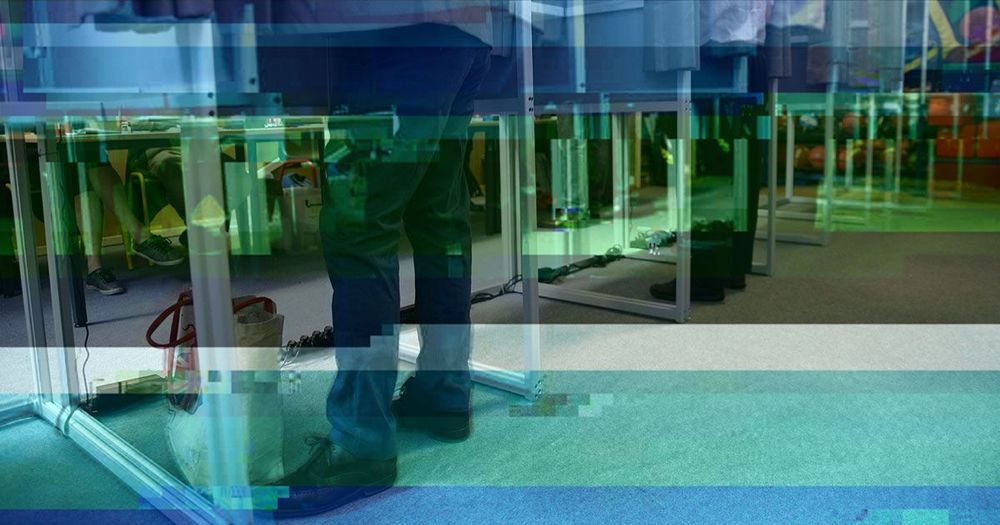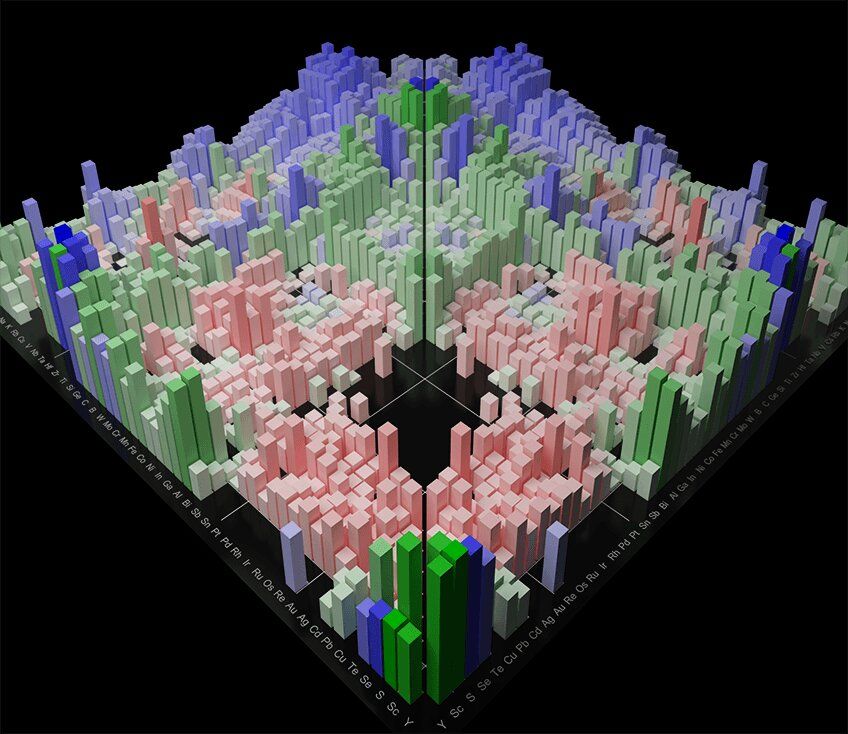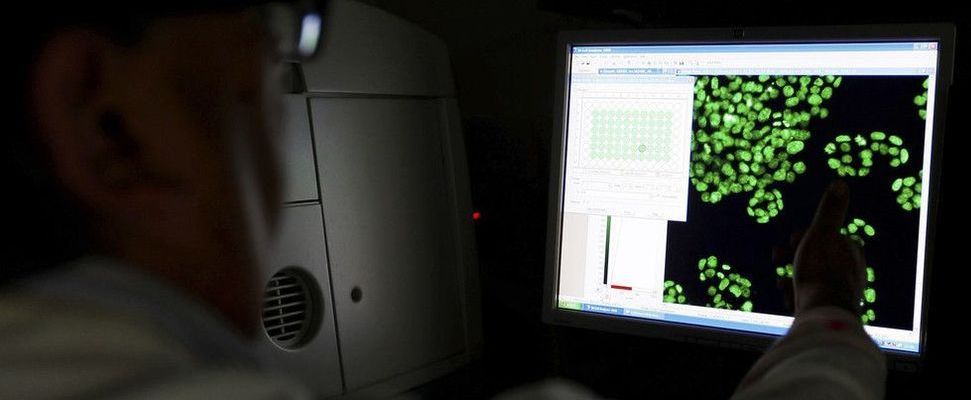

There is a tremendous amount of information compressed in that statement, and there is no competing system (R/S, +/–) which could replace the L- and D- with a single character.

The enantiomer of L-tryptophan is D-tryptophan. And while we could use the (+)- or (–)- prefixes to differentiate the two enantiomers of glucose and other sugars, the sign of optical rotation can vary with solvent, temperature, concentration, and other factors which makes it less than ideal. The enantiomer of L-glucose is D-glucose. More brevity. It happens to be a quick way of referring to enantiomers.The L-/D- system allows for the configuration of a molecule with multiple chiral centers to be summarized with a single letter (plus its common name, of course – thanks to Noel for the reminder) D-glucose is a heck of a lot faster to write and say than ( 2R,3S,4R,5R)2,3,4,5,6-pentahydroxyhexanal. There are at least 3 good reasons, in the specific case of sugars and amino acids, for using L- and D- : This not a revolt by Amish chemists against the modern evils of the CIP system, by the way. Likewise there is a pocket of organic chemistry where D-L system still finds use, and that is specifically in the realm of sugars and amino acids. (Maybe someday there will be communes where people only use 1970s and 1980s computer technology?) Well, there are thriving communities in parts of rural America where horse-drawn carriages persist – if you know where to look. So why does it still get used? Shouldn’t it be consigned to the dustbin of history, along with slide rules, 8-track cassettes, and 5 ¼” floppy disks? The D-L system is literally a remnant of the horse-and-buggy era, dating back to Emil Fischer’s work on carbohydrates in the late 1800s – a time when organic chemists had no way to determine the absolute configuration of stereocenters, which only became possible in 1951 ( thx, Bijvoet). It’s the old system – it predates Cahn-Ingold-Prelog. The D-L system isn’t a new system, folks. You might justifiably ask: don’t we already have a system for assigning absolute configuration ? Why do we need a new system? Why Do We Bother With This Ancient Nomenclature? This terminology can also be applied to amino acids: see L- and D- alanine in the picture above. if the OH on the bottom chiral centre points to the left, it is referred to as L.if the OH on the bottom chiral centre points to the right, it is referred to as D.For a sugar drawn in the Fischer projection with the most oxidized carbon at the top (i.e. As L-Alanine is the enantiomer of D-Alanine. D- And L- Provides A Quick Shorthand For Designating Enantiomersĭ- and L- notation provides a quick shorthand for designating enantiomers.ĭ-Glucose is the enantiomer of L-Glucose, for example.

(Advanced) References and Further Readingġ.Summary: D- and L- Notation For Sugars and Amino Acids.Six-Carbon Aldehyde D- and L- Sugars (Aldohexoses).Five-Carbon Aldehyde D- and L- Sugars (Aldopentoses).Four-Carbon Aldehyde D- and L- Sugars (Aldotetroses).The L- And D- System For Assigning “Absolute Configuration”.Why Do We Bother With This Ancient Nomenclature?.D- and L- Provides A Quick Shorthand For Designating Enantiomers.If it is on the left-hand side, the molecule is “L”. If the -OH (-NH 2 for amino acids) on the bottom-most chiral center is on the right-hand side of the Fischer projection, the molecule is “ D“. One method for determining whether a molecule is D- or L- by looking at the Fischer projection of a molecule.Most natural sugars are D- and most natural amino acids are L.D-glucose and L-glucose are non-superimposable mirror images without having to write out a long IUPAC name with lots of ( R) and ( S) descriptors. D- and L-is an old but still-convenient shorthand for saying that molecules are enantiomers.D- and L- is a way of describing the absolute configuration of molecules that pre-dates the ( R,S) CIP system.The terms D- and L- are often found in front of the names of sugars and amino acids.

The D- And L- Notation For The Absolute Configuration Of Sugars And Amino Acids


 0 kommentar(er)
0 kommentar(er)
